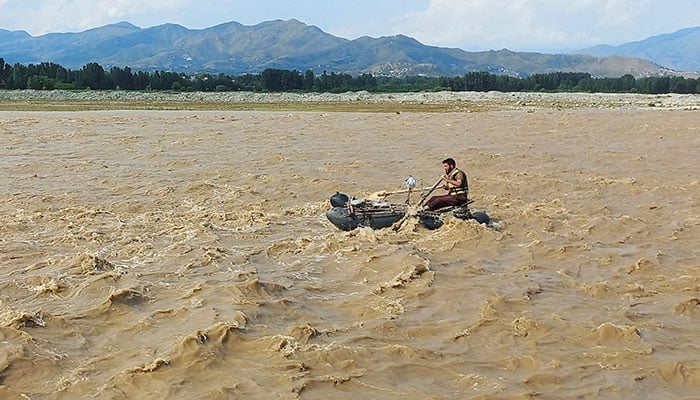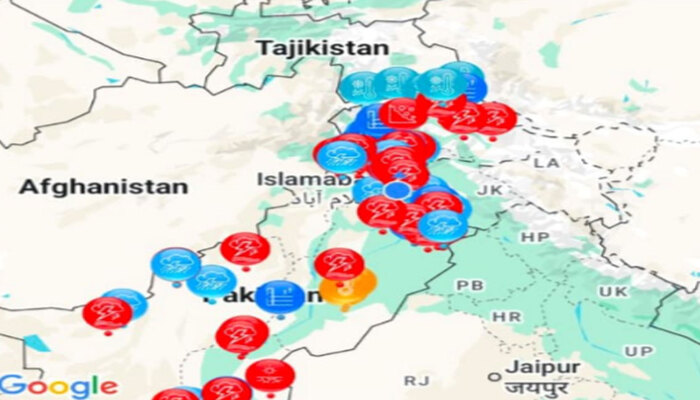
Karachi continues to grapple with monsoon fatalities as the Pakistan Meteorological Department (PMD) forecasts more rain for the city today (Sunday). The recent monsoon spell has already claimed seven lives in the metropolis and 40 across the country, with further rainfall expected through next week.
Deaths in Karachi Linked to Roof Collapses, Electrocution
Over the last two days, three people died in roof collapse incidents in Karachi. A father and daughter were killed in Lyari, injuring five others, while a child lost his life in Manzoor Colony, leaving his father and brother wounded.
Meanwhile, four others died from electrocution in separate incidents. Victims included a 40-year-old man in New Karachi, a 22-year-old in Golimar, a 21-year-old in Surjani Town, and a 17-year-old in Korangi. These tragedies reflect the city’s vulnerable infrastructure during the monsoon.
Weather Outlook and Monsoon Advisory
The PMD reported that Karachi would experience partly cloudy weather with chances of further rain or drizzle. The maximum temperature could touch 32°C, with humidity levels at 83% and winds blowing at 11 km/h from the northeast.
Read: Monsoon Fury: 11 Dead, 17 Drowned as Flash Floods Devastate Swat
The Met Office has also confirmed that a second monsoon spell is expected to begin nationwide from July 5, bringing more rain and increasing the risk of flooding and accidents.
Nationwide Impact and NDMA Alerts
Heavy rains, flash floods, and roof collapses have devastated other regions. In Khyber Pakhtunkhwa, 19 people died in the past 36 hours, 13 of them in Swat. Punjab has recorded at least 15 fatalities since Wednesday, including eight children.
The National Emergencies Operation Centre (NEOC) under NDMA has issued impact-based alerts. These include warnings for urban flooding, glacial lake outburst floods (GLOFs), and landslides, especially in high-risk areas.
In Balochistan, a fresh monsoon system has brought rain to several towns, triggering further weather-related incidents.
Residents are urged to stay updated through official advisories, avoid risky areas, and prepare for continued instability in weather patterns over the coming days.
Follow us on Instagram, YouTube, Facebook,, X and TikTok for latest updates












